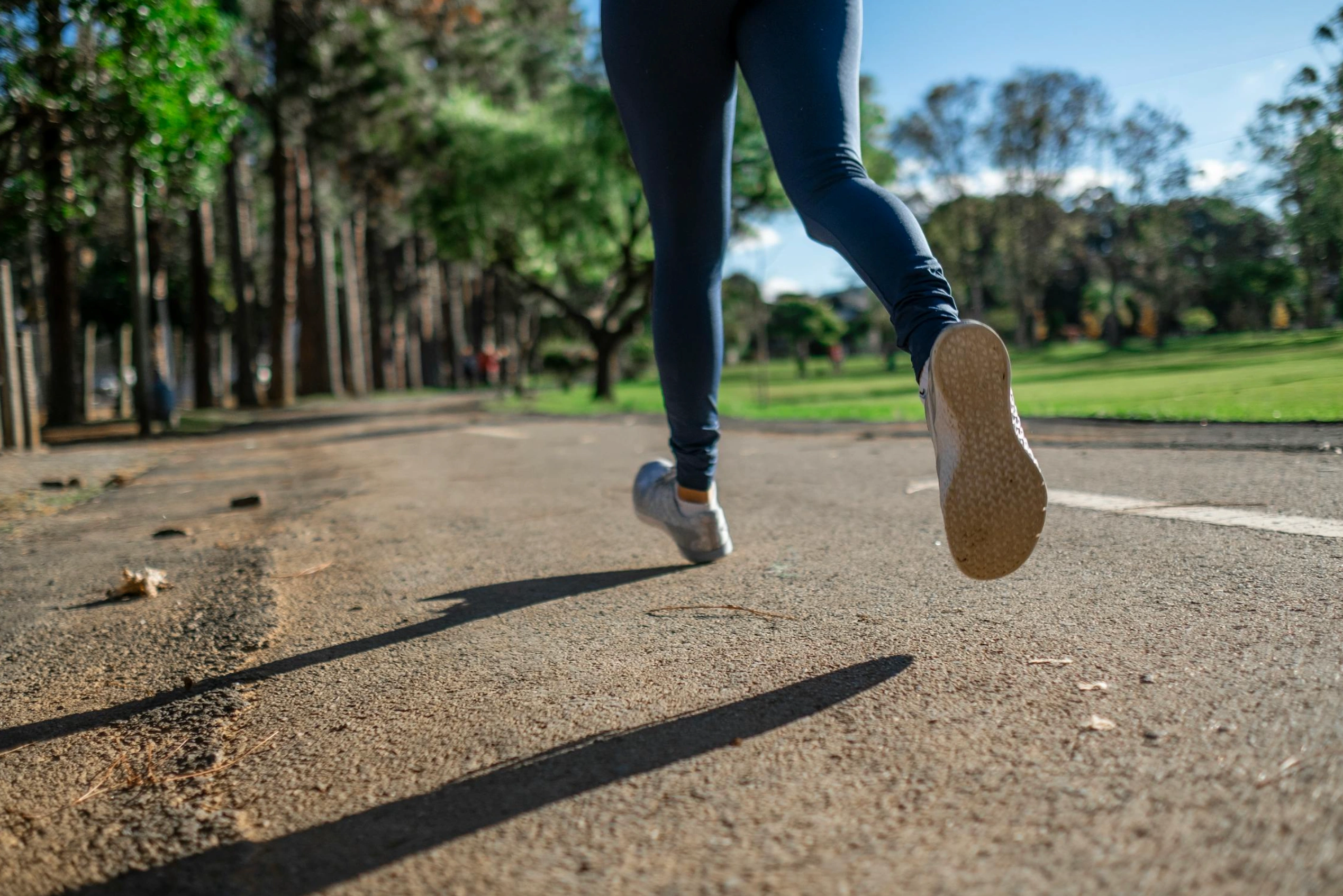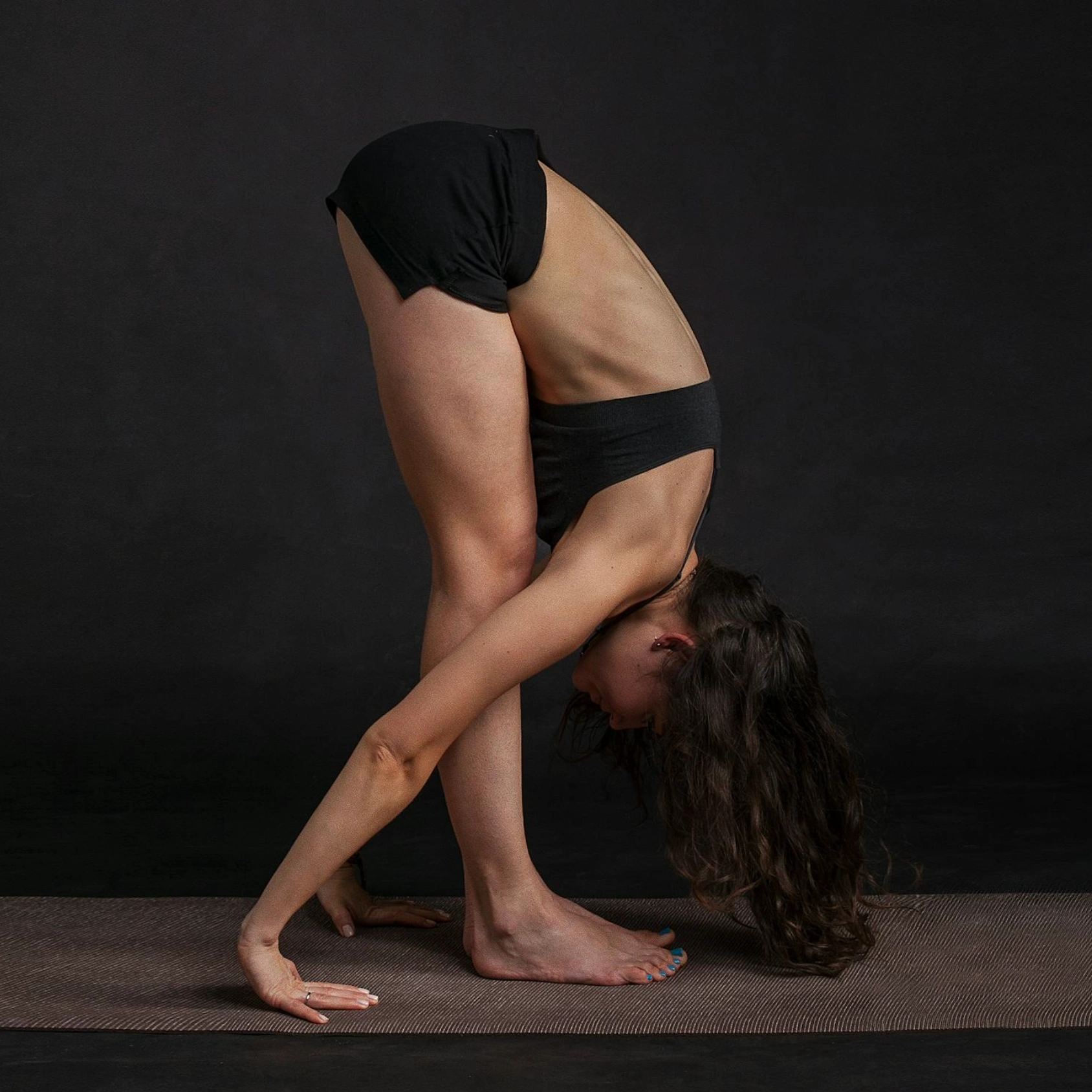
If you’re looking to improve your fitness but don’t know where to begin, the answer lies in variety. A well-rounded training plan doesn't stick to one method—it blends different types of movement that train your muscles, boost your metabolism, and support long-term wellness. Whether you're new to working out or you're leveling up your current program, the best types of workouts to include in your routine will cover strength, mobility, endurance, and recovery. This guide introduces five essential workout styles, each offering unique benefits that support your overall health goals.
Strength training involves resistance exercises using weights, machines, or your own bodyweight. It’s one of the most effective ways to build muscle, increase bone density, and boost metabolism. Movements like squats, pushups, deadlifts, and rows challenge multiple muscle groups, making your workouts efficient and effective. As you get stronger, everyday tasks feel easier, and your body becomes more resilient to injury.
HIIT consists of short bursts of all-out effort followed by brief rest periods. Think sprints, jump squats, or cycling intervals. These workouts are intense but quick—usually 20–30 minutes—and are great for burning fat, building endurance, and improving heart health. They also keep your metabolism elevated long after your workout ends.
While HIIT is great for quick intensity, steady-state cardio—like brisk walking, light jogging, or cycling—offers a low-impact way to strengthen your heart and build endurance. It's easier on the joints and ideal for longer sessions. This type of training supports fat loss, mental clarity, and recovery between heavier workouts.

Mobility exercises and flexibility training—like yoga, dynamic stretching, or foam rolling—helps improve range of motion, relieve tightness, and reduce the risk of injury. It supports better form in strength exercises and helps your body recover faster. While often overlooked, it’s essential for longevity and performance.

Functional training focuses on movements that mimic everyday activities—like lunges, rotational exercises, or kettlebell carries. It improves coordination, balance, and muscular efficiency. This type of workout is excellent for athletes, older adults, or anyone who wants to move better in real life.
The best training programs don’t just make you sweat—they help you move better, feel stronger, and recover faster. By incorporating a blend of strength, cardio, mobility, and functional movement, your workouts will support every aspect of your physical and mental health. Whether you train at home or in a gym, these five styles ensure your routine stays balanced and effective for the long haul.
Your body was made to move in more than one way—give it the variety it deserves.
How many times a week should I do each workout style?
Aim for 2–3 strength sessions, 1–2 HIIT workouts, 2–3 cardio or mobility days, and functional movement sprinkled throughout.
Can I do more than one workout type in a day?
Yes. Many people combine strength + mobility or HIIT + cardio in one session. Just don’t overdo intensity every day.
Is strength training enough on its own?
It’s essential, but pairing it with cardio and mobility helps prevent burnout, improve recovery, and build balanced fitness.
What’s the best workout type for beginners?
Start with steady-state cardio and bodyweight strength training. Add mobility work early on to avoid injury.
How do I know if my routine is balanced?
Ask yourself: Am I building strength, improving heart health, staying mobile, and giving my body time to recover? If yes—you’re on the right track.














From breaking news to thought-provoking opinion pieces, our newsletter keeps you informed and engaged with what matters most. Subscribe today and join our community of readers staying ahead of the curve.
From breaking news to thought-provoking opinion pieces, our newsletter keeps you informed & engaged.